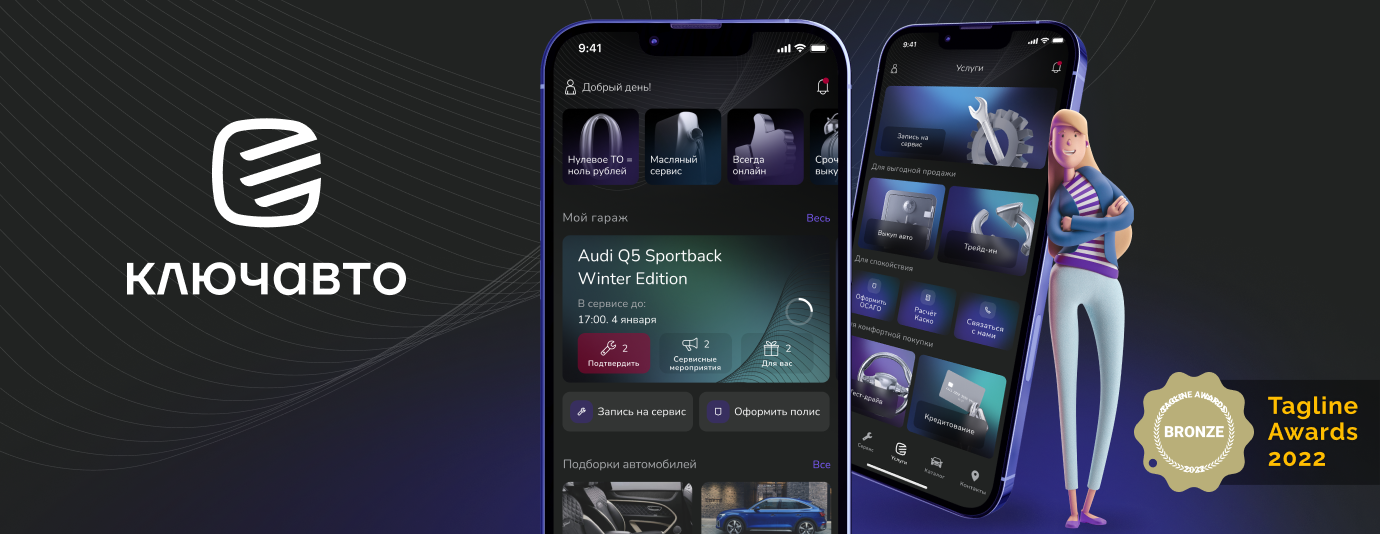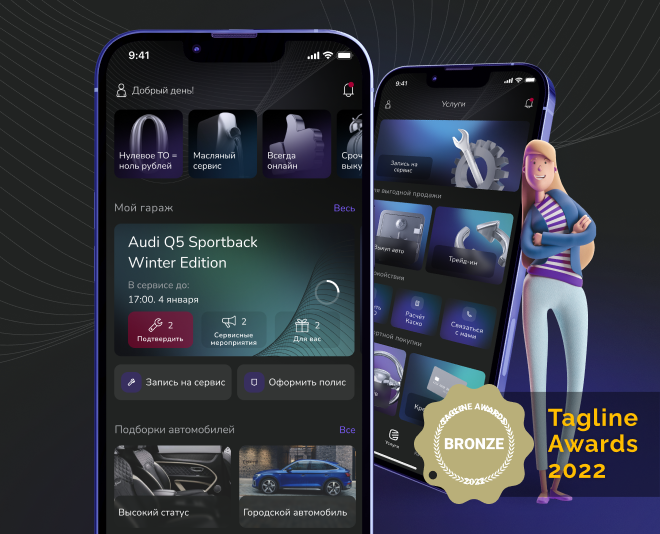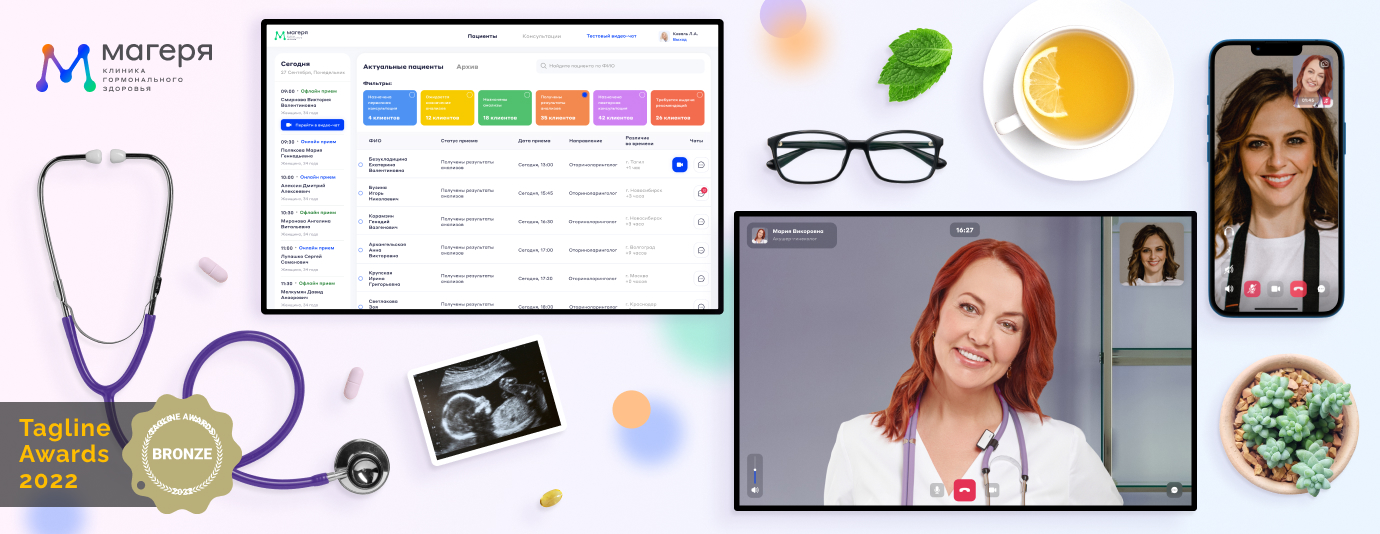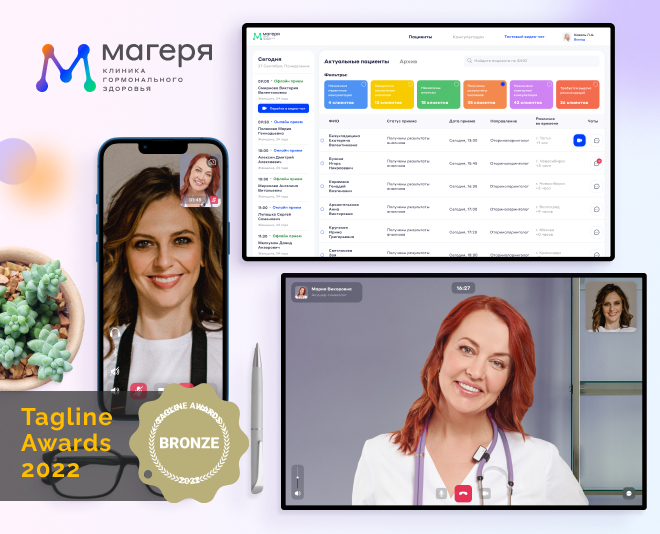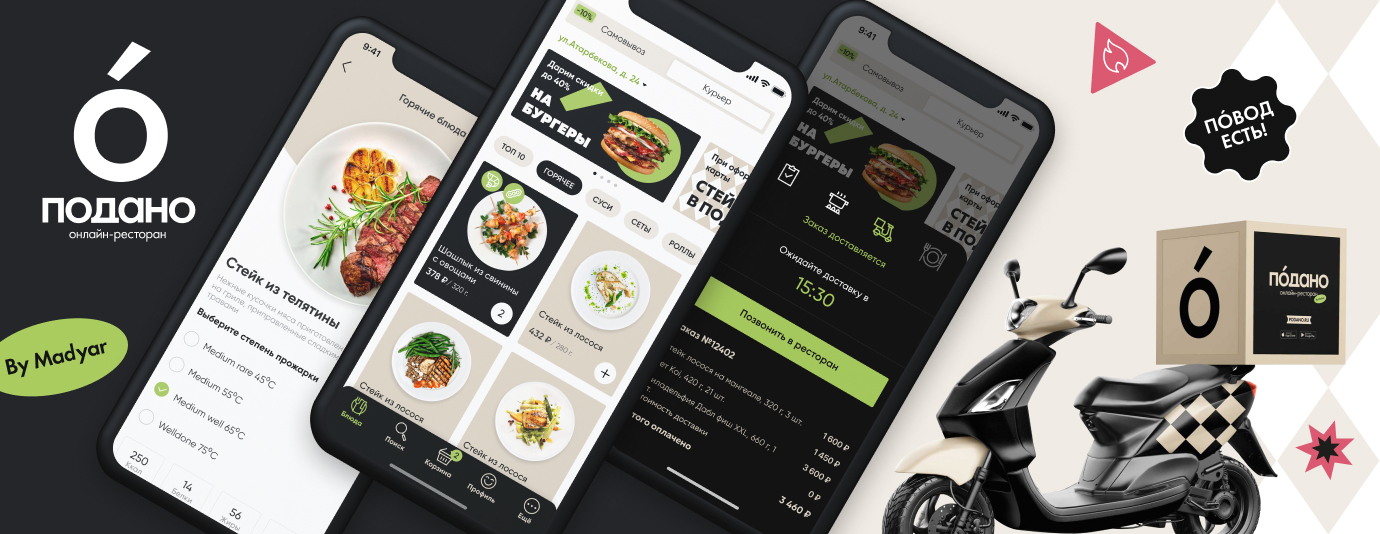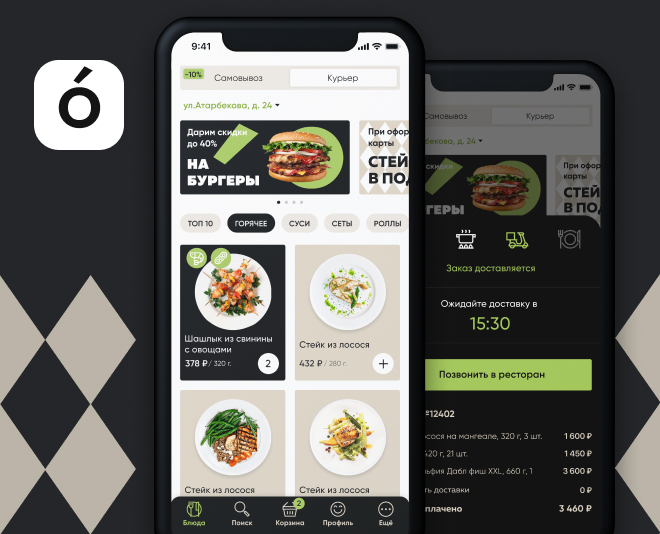Mobile applications
Development of mobile apps for iOS and Android
Mobile development is our key area. Our applications are functional, convenient and beautiful. The price corresponds to the volume of tasks.
Our team includes UX/UI and graphic designers who have received prestigious digital art awards; experienced mobile programmers specializing in certain operating systems; testers who test the application before publishing. We provide technical support for the entire life cycle.
Mobile development tools
iOS
- Development Environment: XCode
- Design Patterns: MVP, MVVM
- Languages: Objective-C, Swift
- Databases: CoreData, SQLite, Realm
- Technologies: Dependency Injection, Reactive Programming, OpenCV, Unit Testing
- AR SDK: ARKit, Vuforia, Kudan

+
Mobile applications analytics: Firebase, Flurry, AppsFlyer, etc.
Android
- Development Environment:Android Studio
- Design Patterns:MVP, MVVM
- Languages:Java, Kotlin
- Databases:SQLite, Realm
- Frameworks and libraries:Dagger2, ButterKnife, Retrofit 2, Glide, Realm, Room, SQLLite
- Technologies:Dependency Injection, Reactive Programming, OpenCV, Unit Testing
- AR SDK:ARCore, Vuforia, Kudan, ARToolkit

+
Mobile applications analytics: Firebase, Flurry, Appsflyer, etc.
Mobile application development costs
All the figures above are for reference purposes only. We will provide more precise development and cost estimates after the initial analytics stage.
Light
- iOS + Android
- Smartphones and tablets
1,5–2 months
Server part
Administrative panel
Integration with external
information systems
Medium
- iOS + Android
- Smartphones and tablets
2–3 months
Server part
Administrative panel
Integration with external
information systems
Recomended
- iOS + Android
- Smartphones and tablets
3–5 months
Server part
Administrative panel
Integration with external
information systems

